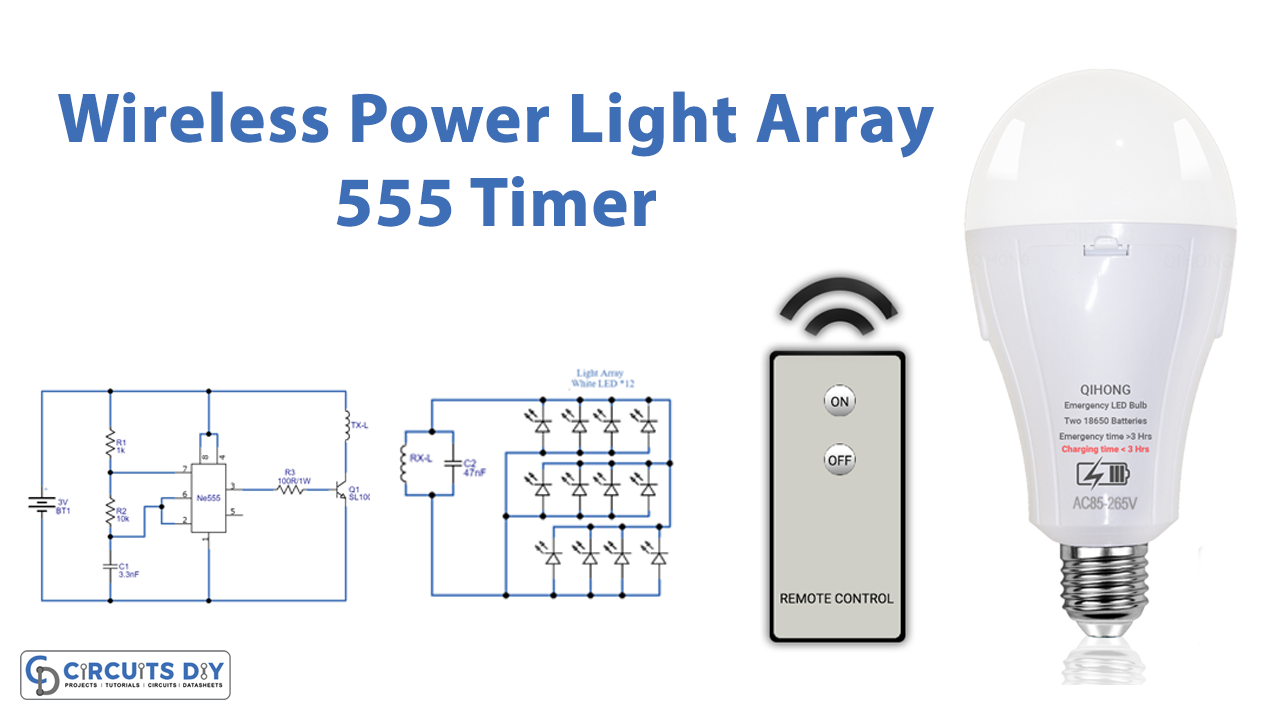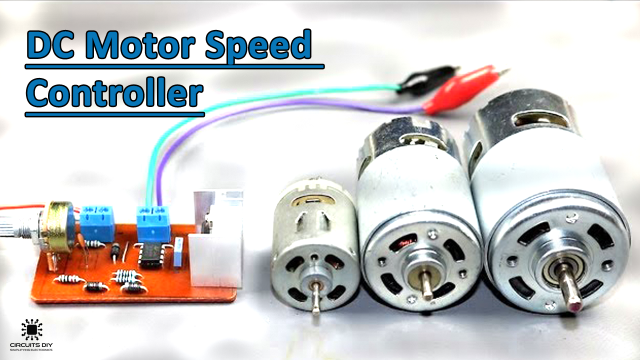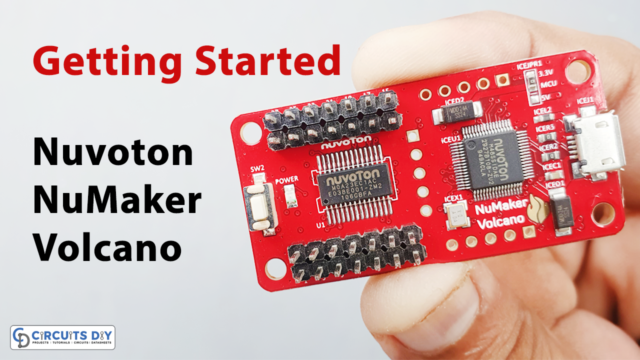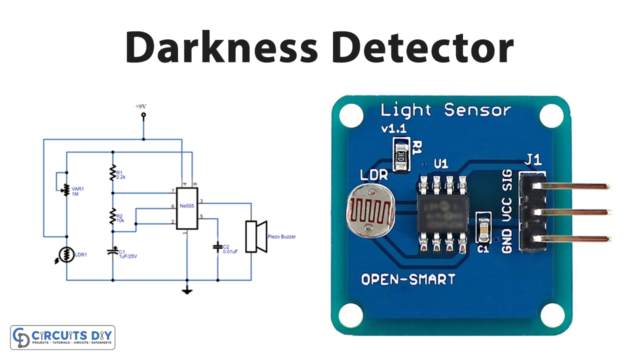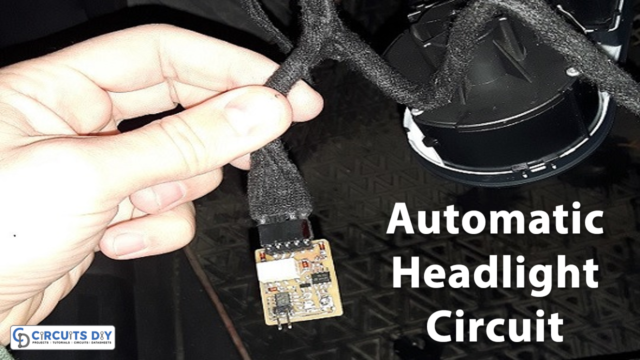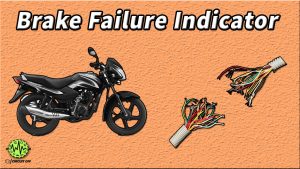The world is going wireless these days. Lots of wires don’t seem appealing to human beings, and that’s why they are trying to make things easier for them and make the world wireless. In this regard, in this tutorial, we will make a “Wireless power Light Array using IC555.“
The process of transferring electricity without using cables is known as wireless power transmission. It uses A transmitter circuit that uses an electric source to produce an electromagnetic field that changes over time. This electromagnetic energy is transmitted straight to the receiver circuit. The receiver device’s job is to take the electrical power that the transmitter transmitted and deliver it to the electrical load.
Hardware Required
| S.no | Component | Value | Qty |
|---|---|---|---|
| 1. | IC | NE555 Timer | 1 |
| 2. | Transistor | SL100 | 1 |
| 3. | Tx-L (Coil copper wire with 5CM dia / 30 turns) | – | 1 |
| 4. | LED | – | 12 |
| 5. | Ceramic Capacitor | 3.3nF, 47nF | 1, 1 |
| 6. | Resistor | 1KΩ, 10KΩ, 100Ω | 1, 1, 1 |
| 7. | Battery | 3v | 1 |
| 8. | 2-Pin Connector | – | 1 |
Circuit Diagram
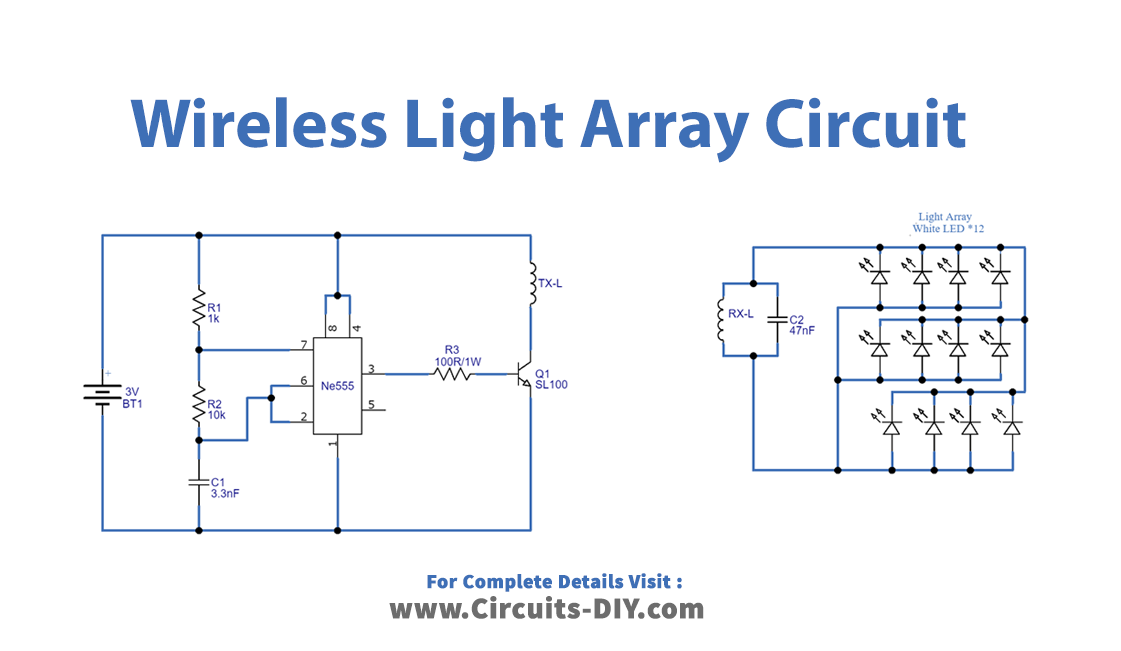
Working Explanation
There are two circuits in this Wireless power Light Array using IC555:
- A transmitter circuit
- A receiver circuit
Transmitter
By using the timing components R1, R2, and C1, this primary timer circuit generates a 20 kHz pulse. If you wish to modify the pulse rate, replace the R2 resistor with a potentiometer (variable resistor). Through a 100/1-watt resistor, the pulse output is sent into the switching transistor SL 100. The Tx-L is attached to the collector terminal of the switching transistor and transforms the DC bias into magnetic flux with the aid of the switching device.
Receiver
The Rx-L in the receiver circuit converts magnetic flux into alternate power. As we know, the coil’s varying magnetic flux induces an electric field, which causes an LED array to glow. In this Rx circuit, you can connect LEDs in any polarity. After the Rx-L coil, add the rectifier, the filter, and the regulator if you want a wireless, regulated DC supply.
Application and Uses
- Wireless power transmission

